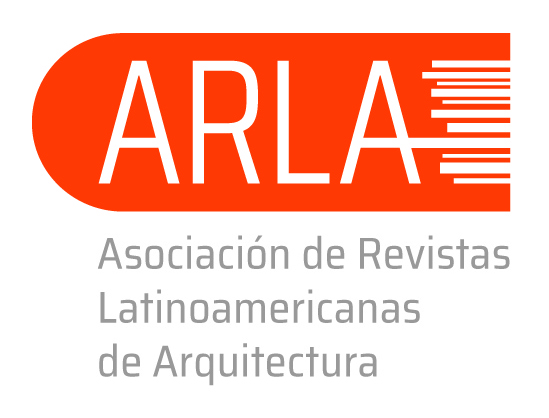Sustainable Environmental Planning in Pampa Biome
A Case Study, São Francisco de Assis –RS, Brazil
DOI:
https://doi.org/10.14409/ar.v1i4.4429Keywords:
Bioma Pampa; consciência ecológica; ordenamento territorial; querênciaAbstract
The Pampa Biome, listed by UNESCO (2008) extends from southern Brazil to Uruguay and neighboring Argentina. São Francisco de Assis, a city of the south of Rio Grande do Sul, has in its territory an important area of environmental fragility: a buffer zone between the Mata Atlântica and the Bioma Pampa. At the headquarters city of São Francisco de Assis did an unusual case: a bunch of apes made its central square of its habitat. Adopted, the urban population took on the identity "Querência do Bugio." This fact led the Urban Planners to wonder as to why these animals did not stay in the woods, their place of origin –deforestation environmental degradation. Around the urban site, over three water sources Municipal Park was created Bugio and extensions of these more distant sources to the woods in rural areas, ecological corridors. Proposals for land use determined guidelines for reforestation, restoration of riparian forests and numerous gullies that caused soil degradation and a growing process of sandy desertification. The presence of monkeys in the square triggered a process of recovery and preservation of environmental awareness in the Pampa biome and local identity.
Published
How to Cite
Issue
Section
License
ACCESO ABIERTO
ARQUISUR Revista es una publicación de acceso abierto y sin ánimo de lucro. No se imputan cargos por la recepción, revisión, evaluación, publicación ni acceso a sus contenidos. Se distribuye bajo una Licencia Creative Commons CC Atribución-NoComercial-SinDerivadas 4.0 Internacional (CC BY-NC-ND 4.0): No se permite un uso comercial de la obra original ni la generación de obras derivadas. Esta licencia no es una licencia libre, y es la más cercana al derecho de autor tradicional.
DESCARGO
Los criterios expuestos en los artículos son de exclusiva responsabilidad de sus autores y no reflejan necesariamente la opinión del Comité Editorial ni de la Dirección Editorial Técnica. Los derechos de los artículos publicados pertenecen a sus autores o editoriales. Los autores ceden sus derechos de publicación al Centro de Ediciones de la Universidad Nacional del Litoral de Santa Fe, Argentina.














